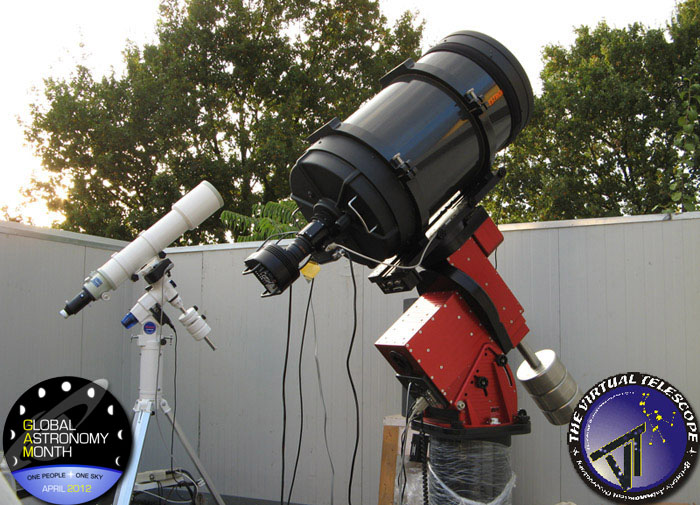

I will be doing another post on guiding but effectively the longer the focal length of the telescope the better your guiding needs to be.Ī short focal length refractor on a well polar aligned equatorial mount should enable up to 60+ seconds exposures. Fast optics also helps immensely when stepping into the realm of auto guiding.

They also tend to have fast optics which shortens the imaging time required. NGC 6992 – Eastern Veil NebulaĪ wide FoV telescope allows you to cover the well-known targets without the need for undertaking mosaics. The image below of NGC 6992 (Eastern Veil Nebula) was taken with a wide angle, 500mm focal length telescope. As we discussed in a recent article ( here) FoV is a major consideration when looking at what type of equipment to use based on your target. The thing about nebula is that they are often large and cover large (in telescope terms) areas of sky.

They have a wide field of viewĪ lot of people want to try and take stunning images of nebula. In some cases it allows the re-use of flat frames from session to session further enhancing your imaging time. This allows the system to be setup in half the time. With my own telescope I leave the imaging train with associated wiring all assembled and simply move it on and off the mount when required. A small imaging rig can a) be fully assembled indoors and carried out to the mount or b) be left on the mount at all times. We are aiming to simplify the process as much as possible. The astronomy forums are littered with people who we seduced by large, relatively cheap reflectors who were then plagued with set-up issues and this is why we suggest a refractor is the best telescope to start astrophotography with. This may seem a trivial point as collimation is relatively easy, but it may not be so easy in the freezing cold outside when you are rushing to start the image capture sequence. Some telescopes are better than others but entering the world of fast reflecting telescopes sees people adjusting and tweaking each session whereas refractors are set and ready to go. Reflecting telescopes require more general maintenance and upkeep to ensure their optics are aligned prior to each imaging session. The two major types of telescopes are refractors (glass lens) and reflectors (mirrors). Let’s look at some of the points above in a bit more detail. You must accurately point a telescope at a small piece of sky for hours at a time and so simplifying the process as much as possible will always help a beginner learn the ropes of this enjoyable hobby.


 0 kommentar(er)
0 kommentar(er)
